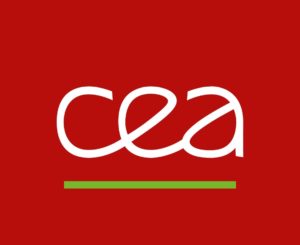This test case aims at replacing actual car side pillars with biomaterial components (2K-IM) made with PMMA (aesthetical part: gloss effect) and ABS (structural part) with biobased polymers.
- From oil-based and non-recyclable to bio-based and biodegradable (under specific conditions) side pillars.
- Improvement of the side pillars recyclability.



Facts and Figures
- Create Prototypes
- Chemical evaluation of silanized microfibers, a new additional step to improve fiber purity: wringing process
- Production of several kg-batches of silanized flax and hemp fibers for composite production
- Comparison of the mixing processes: better results for Vicat Softening temperature with twin-screw extrusion due to the higher residence time with the elongation mixer that can deteriorate sensitive materials.
- Porosity of the compounds increased with the fiber amount.
- Hemp fibres treated with aminosilane were selected because the mechanical properties of PLA filled with them were the best.
- To achieve a Vicat> 100°C, the PLLA matrix was filled with 25 wt% of hemp fibres.
- 0.5wt% of carbon black was added to the compound in order to blacken the parts. In addition, this pigment enables reducing the rigidity of the composite.
- The injected composites were not sufficiently glossy due to surface roughness, even after adding TiO2 and ZnCu. Thus, the coating developed by the Fraunhofer Institute is an absolute necessity.
- New trials with PHBV from Polymaris without fibre were initiated to resolve the thermal resistance problem encountered by Maier. These final parts cannot be used as car exterior parts, but possibly as car interior parts due to the hydrolysis ability of PHBV.


